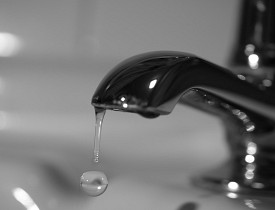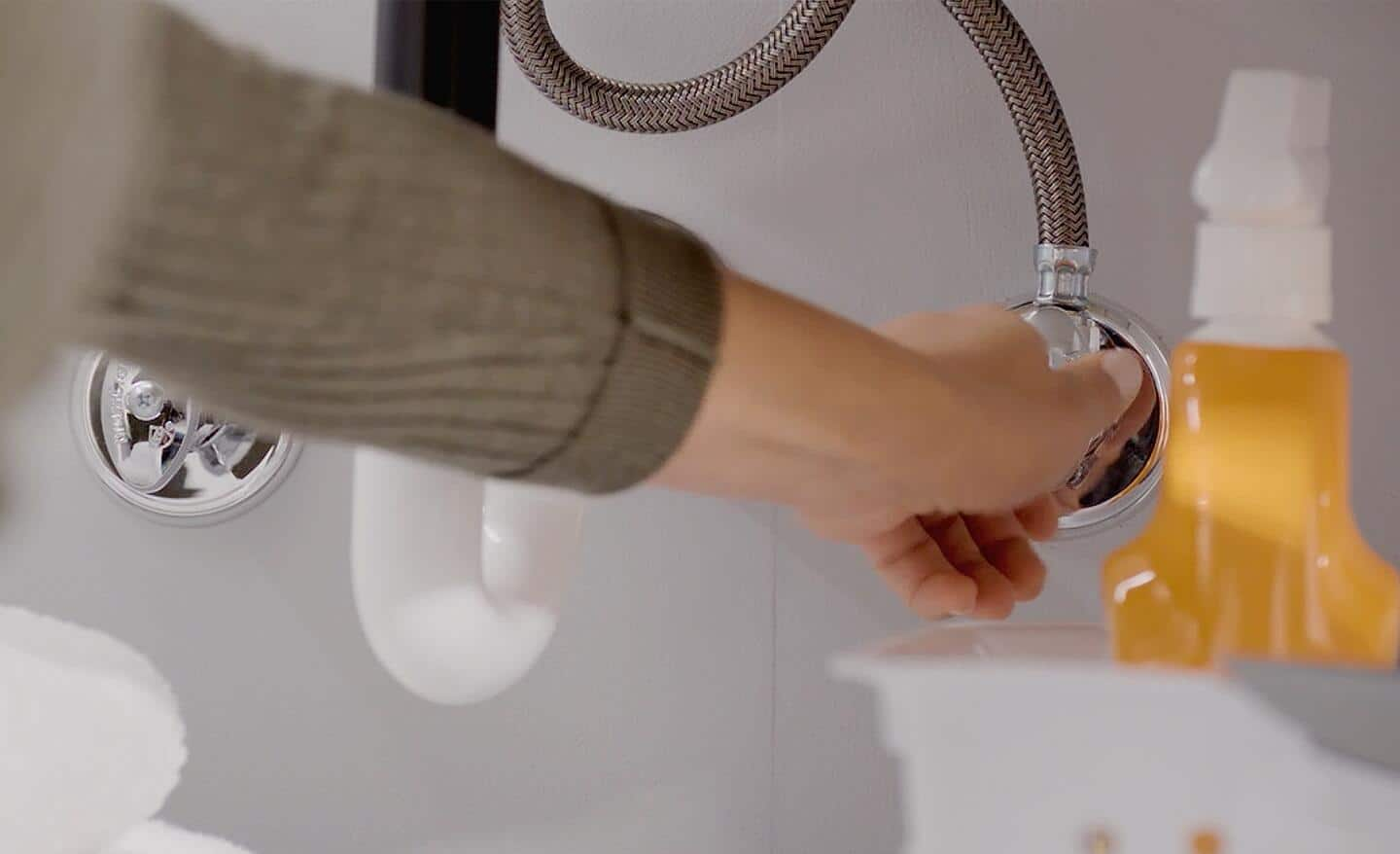Just how do you really feel on the subject of Why Are My Faucets Dripping (And Can I Fix It Myself)??

Trickling faucets may seem like a minor aggravation, but their effect goes beyond simply the inconvenience of the audio. From wasting water to sustaining unneeded financial expenses and wellness dangers, neglecting a trickling tap can result in numerous consequences. In this short article, we'll explore why it's crucial to address this common home problem immediately and efficiently.
Wastage of Water
Environmental Influence
Leaking faucets contribute considerably to water waste. According to the Epa (EPA), a single tap trickling at one drip per secondly can lose greater than 3,000 gallons of water annually. This not only pressures water resources but also influences communities and wildlife depending on them.
Step-by-Step Overview to Fixing a Dripping Faucet
Devices Called for
Before attempting to deal with a dripping faucet, collect the needed devices, including a flexible wrench, screwdrivers, replacement components (such as washers or cartridges), and plumber's tape.
Common Tap Issues and Their Solutions
Recognize the type of faucet and the certain problem creating the drip. Usual troubles consist of damaged washing machines, corroded valve seats, or malfunctioning O-rings. Describe maker instructions or on the internet tutorials for detailed advice on fixings.
Financial Costs
Increased Water Expenses
Beyond the environmental effect, trickling taps can blow up water bills substantially. The built up waste in time equates into greater energy expenditures, which could have been avoided with prompt repairs.
Prospective Home Damage
Furthermore, prolonged leaking can result in damage to fixtures and surface areas surrounding the tap. Water buildup can create staining, corrosion, and also architectural issues if left ignored, resulting in added repair service prices.
Wellness Issues
Mold and Mildew Development
The consistent visibility of wetness from a trickling tap produces an optimal atmosphere for mold and mildew growth. These fungi not just endanger interior air top quality however likewise posture health and wellness risks, specifically for people with respiratory problems or allergic reactions.
Waterborne Illness
Stagnant water in dripping taps can end up being a breeding place for germs and other microorganisms, raising the risk of waterborne diseases. Impurities such as Legionella germs flourish in stationary water, potentially bring about serious illnesses when consumed or inhaled.
DIY vs. Professional Repair
Benefits and drawbacks of DIY Fixing
While some may try to take care of a trickling faucet themselves, do it yourself fixings include their very own collection of obstacles. Without correct understanding and devices, DIY efforts can worsen the problem or cause incomplete fixings, lengthening the trouble.
Advantages of Working With an Expert Plumber
Employing a professional plumber guarantees that the underlying cause of the dripping tap is addressed efficiently. Plumbings possess the proficiency and equipment to identify and repair tap issues efficiently, conserving time and reducing the risk of more damages.
Ecological Obligation
Specific Contribution to Conservation
Taking responsibility for taking care of leaking taps aligns with wider initiatives towards water preservation and environmental sustainability. Every person's actions collectively make a substantial impact on protecting precious resources.
Sustainable Living Practices
By prioritizing prompt repair services and taking on water-saving habits, individuals contribute to lasting living techniques that profit both existing and future generations.
Preventive Measures
Regular Maintenance Tips
To prevent dripping taps, execute regular upkeep such as cleansing aerators, checking for leaks, and changing damaged parts quickly. Furthermore, take into consideration setting up water-saving gadgets or updating to more efficient fixtures.
Relevance of Prompt Repairs
Addressing trickling faucets as soon as they're discovered stops additional water waste and possible damage, inevitably saving both water and cash over time.
Impact on Residential Property Value
Perception of Well-Maintained Residential Property
Keeping a residential or commercial property in good condition, consisting of resolving maintenance problems like trickling faucets, improves its regarded worth and value among potential buyers or occupants.
Impact on Resale Value
Characteristics with properly maintained plumbing fixtures, consisting of faucets, command greater resale worths in the property market. Addressing trickling faucets can add to a favorable perception during residential property evaluations and settlements.
Verdict
Resolving a leaking tap goes beyond simple ease; it's a crucial action towards saving water, lowering economic costs, and securing health and wellness and building. Whether via DIY fixings or professional assistance, acting to deal with dripping taps is a small yet impactful means to advertise liable stewardship of sources and contribute to a healthier, a lot more lasting future.
Why Are My Faucets Dripping (And Can I Fix it Myself)?
Causes of a Dripping or Leaking Faucet
Whether you’re hearing drops of water falling and hitting a sink, or noticing water ooze out from the base of the spout, you shouldn’t ignore a dripping or leaking faucet. And, the good news is, sometimes you can fix the problem yourself.
In this article, we’ll review a few common causes of dripping and leaky. We’ll also walk you through some basic ways to find the problem and handle it without calling anyone — and let you know when to call in a pro.
But, no matter what the cause, or whether you can handle it on your own, the sooner you address it, the better.
Each drip may be a tiny amount of water. But, they all add up quickly. According to the U.S. Geological Survey, one faucet losing one drop every 20 seconds — five a minute — wastes around a liter of water every day, and 173 gallons a year.
Add in more than one in your house, and it’s a lot of water to waste. So, we’ll help you get to the bottom of things quickly.
Four Reasons Your Faucet May Be Dripping
Aerator is Damaged or Unseated Valve Seat is Corroded O Ring is Loose or Worn Out Part of the Assembly is Loose Aerator is Damaged or Unseated
If you unscrew the end of your faucet, you’ll find the aerator. It’s the little stem piece with a screen on it that shuts off the water circulation.
If it’s damaged, or if it’s not sitting right, it will allow water to pass through.
Valve Seat is Corroded
Next is the valve seat, which is connected to the washer. If the washer wasn’t in place correctly, then it could have ground against the seat. Over time, this damages the valve seat.
The problem could also be corrosion: Over time, the part has worn out, and it’s now allowing water to pass through.
O Ring is Loose or Worn Out
Since the o ring is only a small rubber gasket, it’s a common reason why the faucet is dripping. You’ll find it at the base of the faucet, and it’s there to keep water from coming out where it’s not supposed to.
However, it’s common for the o ring to wear out over time. When it does, you’ll notice a drip.
Part of the Assembly is Loose
So far, we’ve looked at a few small, specific parts. But, the problem could be anywhere in the assembly if something’s out of place.
Even if a part isn’t damaged, over time, it may have become loose or dislodged. It could be the parts we mentioned, or the aerator at the tip of the faucet, the stem itself,
Can I Fix a Leaky Faucet Myself?
Depending on the problem, and how handy you are, there’s a chance you can fix a leaky faucet without calling a professional. But, you do run the risk of making the problem worse.
If it’s a small drip, you can certainly try a few troubleshooting tactics. We’ll walk you through them in a moment.
But, no matter what, your first step should be shutting off the water coming into the faucet. You should find a shutoff valve under the sink on the pipes leading to it. Turn each one clockwise until they close tightly.
Next, make sure you have the right tools for whatever you’re attempting. It’s tempting to make do with what you have. But, you need the right ones for a reason: You’re often dealing with small parts that can break if you handle them carelessly.
If you’re feeling confident, here are some places to start.
Items Near the Tip of the Faucet
A few of the parts we mentioned — particularly the valve seat and washer — are located at the tip of the faucet where the water comes out. They’re easy to access, making it a good place to start.
Check the O Ring
To check the o ring, you’ll need to take off the spout at the base. It’s easiest on kitchen sinks with long spouts, versus the smaller, bulkier base on most bathroom sinks.
Either way, this can be tricky, so do it carefully and don’t force anything. If it’s not coming right off, you’re much better off calling in a pro than possibly breaking something.
For a kitchen sink, there’s usually a nut or coupling assembly at the base of the spout. These often slide off easily without using any tools.
Once you’ve disassembled those parts, gently but forcefully twist off the spout.
Then, you can see the o rings. There should be two of the rubber gaskets on the base. If they look worn or damaged, replace them, and see if that solves the problem.

As an enthusiastic reader about Why Are My Faucets Dripping (And Can I Fix It Myself)?, I thought sharing that information was necessary. Enjoyed reading our post? Please quickly share it. Help others locate it. We recognize the value of reading our article about Why It's Important to Fix Leaky Faucets.